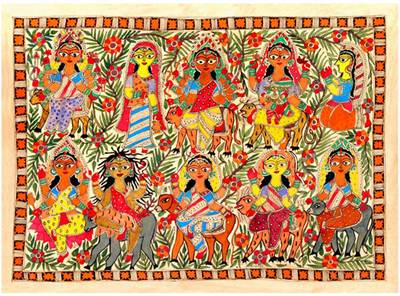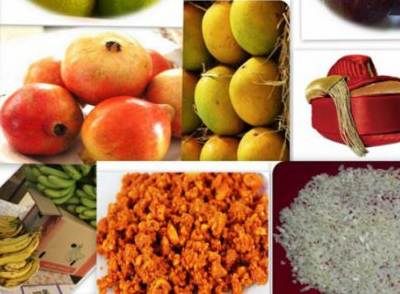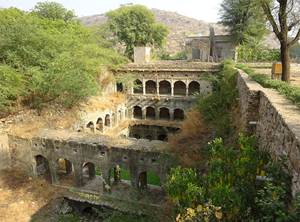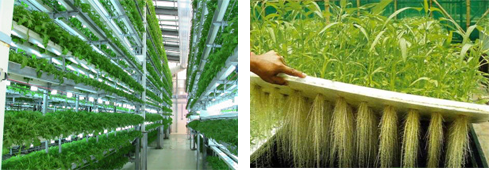
Together..We can Revive
Projects

We have estimated around 3Lakhs+ ancient heritage sites in our country. Unfortunately, except for famous monuments we are unable to find information or current status of most of these structures. Hence we have initiated these broad objectives to bring in more transparency in the system than blaming or bashing government or private agencies.

India is the land of arts and crafts. Almost every region has its own traditional form of art that includes drawings, paintings, embroideries, carvings, saris and more. We're really blessed to be born in a country with so much diversity in this space. Sadly, however, some of these art forms are on the verge of extinction.We aim to act as a facilitator to bridge access to markets for products, mainly vanishing art forms produced by marginalized communities in India.

The GI tag in India is governed by the Geographical Indications of Goods (Registration and Protection Act), 1999.The word GI is an indication of the geographical location which indicates the product associated with a certain area or region. Actually, it has become a trademark of that region and the place becomes famous by the name of that product. It is used for agricultural, natural and manufactured goods having special quality and established reputation. As many as 326 products such as Kancheepuram silk saree, Alphonso Mango, Nagpur Orange and Kolhapuri Chappal have been registered as geographical indications (GI) so far.There are many more items in this diversified country which are unique ,could be tagged with GI label.

Stepwells or commonly known as Pushkarani or baoli, as the name suggests are wells with steps descending into it. Stepwells are a common phenomenon in India, especially in Western India and can be traced back to the Indus Valley Civilization. They were constructed not only merely as an addition to the structure, but for their utilitarian value. These Pushkaranis or baolis were dug up by going deep into the Earth and acted as an unending source of water, all year long. Subsequently, steps were built, leading into the stepwell, to make the collection of water more comfortable and also served as a source of leisure and worship.
We undertake restoring of such stepwells so that water conservation issue is addressed.


